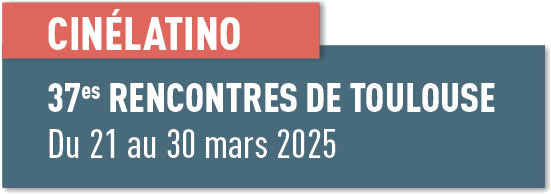Selection:
Director:
Country:
- Brazil
Format:
Type:
Film exhibited in Toulouse:
Foreseen cast:
-
Script writer(s):
Synopsis:
A crime wave scares Barra da Tijuca, a middle-class neighborhood in Rio de Janeiro. Bodies of teenage girls are found lacerated in pieces at the wasteland surrounding the area. The cuts and bruises in these bodies are so strange that the neighborhood youngsters start to come up with stories about aliens and werewolves…
In this environment lives Bia, 15. At her school, she's part of a group of inseparable friends. They enjoy practicing sports and intimidating those who bother them. She also has a sort of boyfriend, Pedro. However, while he looks for a typical romantic ideal in her, Bia wants to fulfill her own desire.
João – Bia's half-brother, 11 years older – spends his days inertly on his computer. He doesn't work or study and still lives in his mother's house. He has tried, not too hard, to start a career as a DJ. In opposite, Bia and her friends roam freely through the neighborhood where they live. To smoke a joint as an excuse, they go deeper into the region’s bushy open fields on their way back from school.
On one of these occasions, Bia comes across the lacerated body of a young girl about to die. Bia walks up to the body; she still has a pulse! The girl moves closer to Bia, and face to face with death, kisses Bia in her mouth. From that moment on, something new awakens within Bia: she wants now to feel alive at any cost. And to achieve that, she will have to jeopardize and mark her body more and more.
Meanwhile, João tries to get in touch with a girl whom he claims to be in love with. Yet, she doesn’t reply any of his text-messages or logs on to Facebook. She has faded away from his virtual world. Could she be dead? Or has she just blocked him from her social networks?
Visual concept:
In “Kill me please”, we’ll approach an atmosphere with artificial nuances; even to extent of hyper-realism. The district of Barra da Tijuca will be conceived as a close/alternate universe - therefore, it is of no intent to portray a realistic point-of-view. We intend to make use of lighting that will aid in the creation of this particular universe. Our interest primarily lies on an expressionist rather than an impressionist way of seeing this world. As references I consider two North American artists: painter Edward Hopper and the photographer Phillip-Lorca diCorcia. Also, I cannot fail to mention once again “Trouble Every Day”. Denis’s, together with the director of photography Agnés Godard, creates an incredible expressionistic plasticity, and I’m enchanted by the way they portrait the human body.







